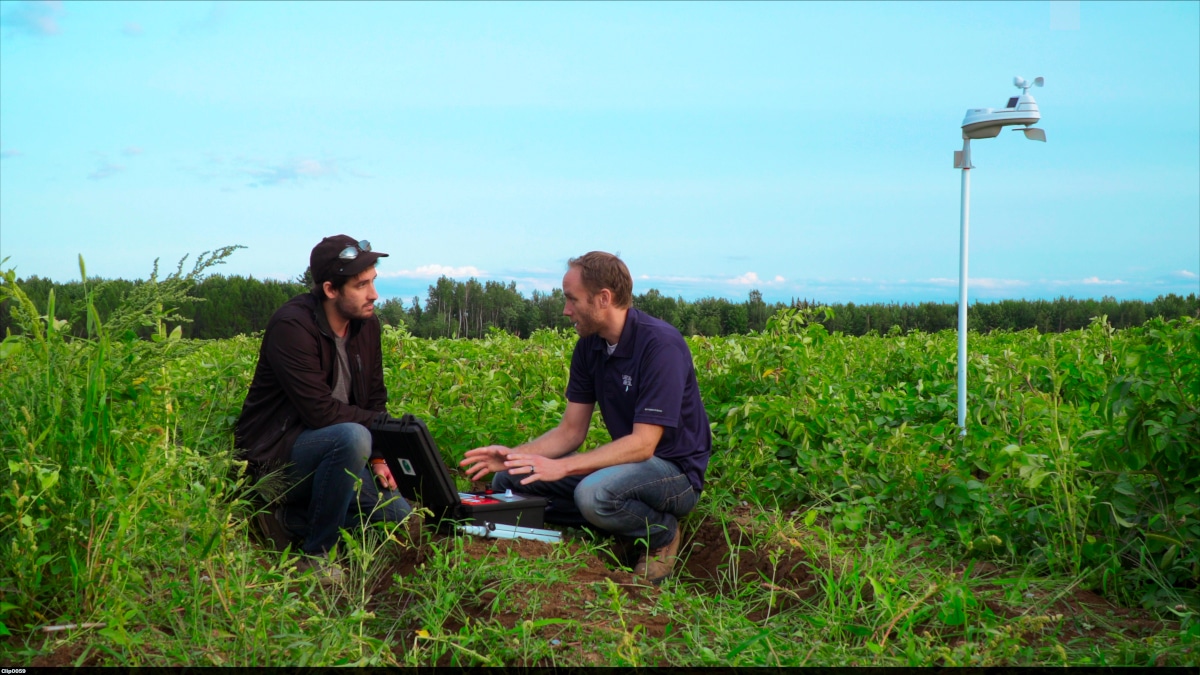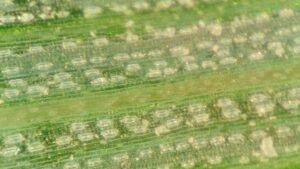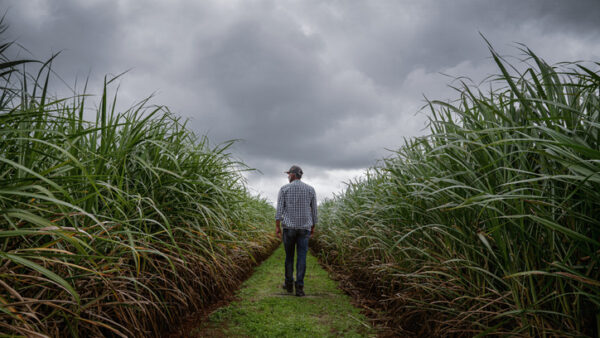The AIR spore trapping program is a preventive tool for detecting fungal diseases in crops. It uses, alongside weather models, spore trapping technology to detect airborne pathogens faster than ever, allowing growers and agronomists to take early intervention measures and protect their crops effectively. The program is suitable for many crops, including carrots, onions, potatoes, vines, and more.
At Seed Check, the team has collaborated with the AIR program to bring this service to growers as it expands westward. The collaboration was an excellent opportunity for both parties to learn more about microbiology, and the AIR team was able to gain insights from the Seed Check team as well.
The AIR program’s focus is on prevention, which is critical when it comes to seed health. By investing more in prevention, growers can save a lot of money in the long run. The spore trapping technology allows for early detection and prevention, reducing the need for expensive interventions down the road.
The AIR program works by installing weather stations directly on each farm, which transfer meteorological data in real-time to the AIRrisk calculation software. Spores are captured three times a week per 50 acres parcels of crop, and the samples are then examined under microscopes to determine the presence of pathogens.

Some of the pathogens that can be detected by spore trappers in the field include:
- Powdery mildew: Affects a wide range of plants, including grapes, cucurbits, and roses. It appears as a white, powdery coating on the leaves and stems of infected plants and can cause stunted growth, distorted leaves, and reduced yield.
- Downy mildew: Affects a variety of crops, including potatoes, grapes, lettuce, and cucurbits. It appears as yellow or brown spots on the leaves of infected plants and can cause defoliation and reduced yield.
- Rust: Affects cereal crops, such as wheat and barley, as well as other plants. It appears as orange, yellow, or brown pustules on the leaves and stems of infected plants and can cause reduced yield and stunted growth.
- Alternaria: Affects a variety of crops, including potatoes, tomatoes, and crucifers. It appears as brown or black spots on the leaves and can cause reduced yield and premature plant death.
- Botrytis: Affects grapes, strawberries, lettuce and more. It appears as grayish-brown fuzzy patches on the leaves and can cause rot and reduced yield.
By detecting these pathogens early, growers can take preventative measures to protect their crops, such as applying fungicides or adjusting irrigation practices.
However, the information provided by the AIR program must be used effectively. The program provides information but does not tell growers how to act upon it. Growers and agronomists must take appropriate action to prevent the pathogen from taking hold in the plants. It requires a shift in thinking towards prevention and early detection, but being able to offer this is hugely valuable and provides a powerful new tool in the seed testing realm. Growers and agronomists hold invaluable knowledge about their own parcels of land and that they must be part of the decision making.
The AIR program prioritizes making everything smooth, fast, and understandable for the end user, whether that’s the agronomist or the grower. The priority is to make everything user-friendly and practical for users, even if there are many exciting projects and gadgets on the table. While the team is working on real-time sequencing and other developments, making everything user-friendly and practical remains the most crucial aspect.
For more information on the AIR program, visit seedcheck.net or airspore.com.













